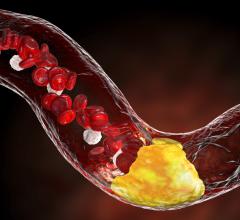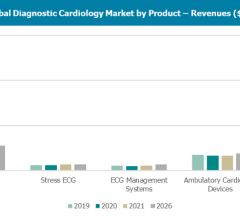
January 12, 2010 – In its January issue, Prevention magazine named the Endo-PAT2000 endothelial function testing device one of the top medical breakthroughs of 2009.
The American Heart Association said 50 percent of coronary deaths occur in people with no previous symptoms, but a study by the Mayo Clinic suggests measuring endothelial function can aid diagnosis. The seven-year Mayo Clinic and Tufts-New England Medical Center study published in April 2009 found the measuring vessel health can help diagnosis a variety of medical conditions, including coronary artery disease, heart attack, stroke, sleep apnea, pre-eclamptic toxemia, and erectile dysfunction.
The study suggests a patient with low risk (based on Framingham Risk Score) but high endothelial dysfunction is 300 percent more likely to have a heart attack than a patient with low risk and no endothelial dysfunction. In the study, 49 percent of patients whose Endo-PAT test indicated poor endothelial function had a cardiac event during the seven-year study.
Amir Lerman, M.D., a cardiologist at the Mayo Clinic, explained that a “poor score is a stronger warning than the usual risk factors, because it indicates that cardiovascular disease has already begun – but at an early stage when you can more easily control your risks.”
The medical technology company Medvica International is among the first companies to market the Endo-PAT2000 in North America. The device uses sensors that measure blood flow through a patient’s fingers. Endothelial cells line the inner walls of blood vessels, lymph vessels, and the heart, and damage to them may be an early sign of heart disease. The device is small enough to sit on a table for office-based use. The test takes 15-minutes.
Endo-PAT testing is reimbursable by Medicare and covered by most major U.S. insurance companies.
For more information: www.medvica.com


 August 15, 2024
August 15, 2024 








